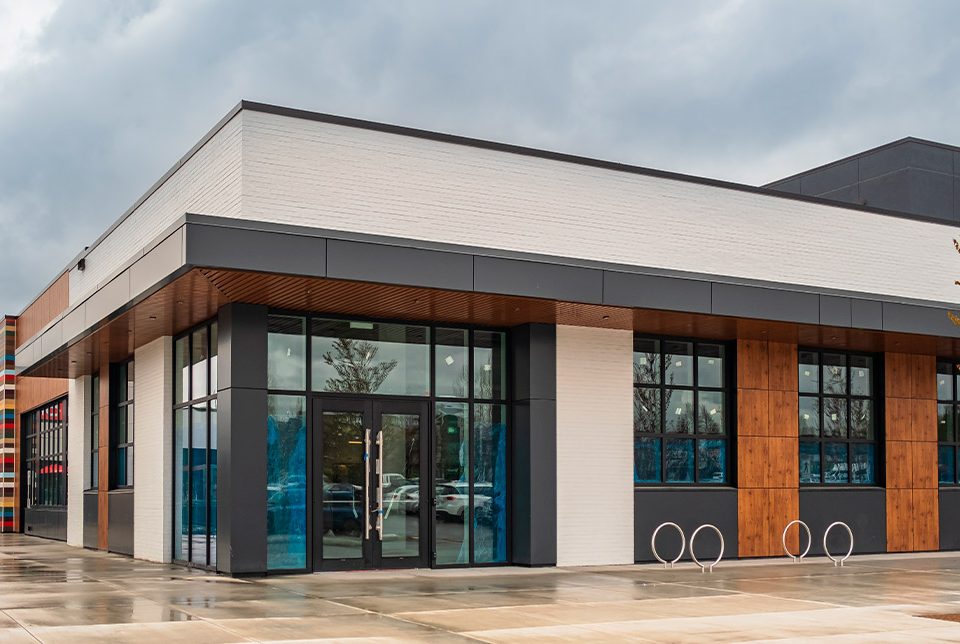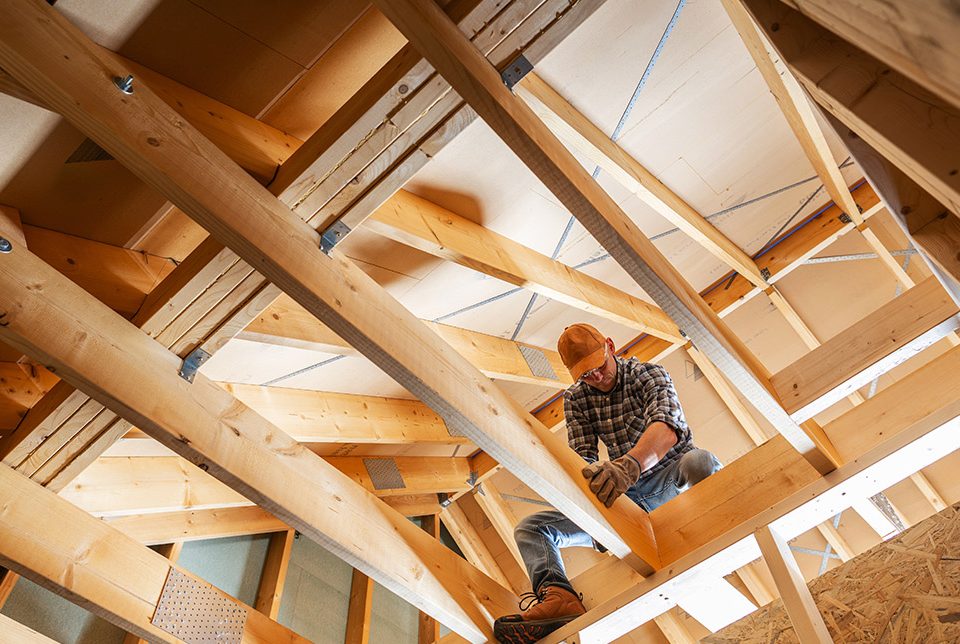
You might have heard a lot about custom homes and eventually decided that you need one. What sets it apart from ready-to-move-in homes is their design flexibility. When it comes to the perfect first custom home in the Rio Grande Valley, buyers prefer to build one from scratch rather than buy an existing one.
Finding the right builder who can help you realize your dream home doesn’t necessarily have to be a significant burden. When you have teamed up with a builder who knows the nitty-gritty of home construction, transforming an empty plot into a living, breathing house becomes smooth and safe.
But home building begins way before the first stone is laid. Apart from finding a builder of repute, you must follow a few steps to ensure that the result is satisfactory. Here is a 10-step guide to ease you into the grand home building adventure in the RGV:
1. Select your site
Selecting a site for residential construction is always done with care. What are some things to remember when you go site-hunting?
- How much land are you looking to invest in?
- What is the landscape like?
- Is the plot location safe?
- Is it well connected and easily accessible?
Only when you have satisfactory answers to these questions should you put your money in it. It is one of the fundamental factors of construction.
Your builder can help you choose a suitable plot after an exhaustive assessment. They can help you find out the inherent construction risks, if any, associated with your lot. This piece of groundwork is essential to constructing a sturdy, long-lasting home.
2. Get your finances in order
You cannot afford to go wrong with the financial planning on this one. If you are running low on your finances, it is better to let the dream take a back seat. The first home or the final one, building it requires owners to have a fool-proof financial backing. Your bank should be able to sort your finances and check your credit rating. You can buy one of their mortgage plans if you can pay it back.
Some builders will have their in-house team of financiers who can do the impossible and get you the funds. They can even help you cut down on home building expenses so that your spending is streamlined and wasteful expenditure is curtailed.
3. Find a builder that understands your vision
For first-time custom homeowners, a builder that shares your passion is a match made in heaven. Such a builder can attend to the smallest details and usually has at least a decade-long presence in the industry.
Choose a builder that offers a combination of architectural excellence as well as aesthetic satisfaction. Look for warranties and energy savings that will help you save more in the long run.
The builder you choose must be able to finish the project within a fixed budget and agreed-upon timeline. They should be able to offer free consultation and give you an estimate of your expenses.
You could try looking up the directory of licensed local builders or talk to friends and family that have built a home recently to find a committed and reputed builder.
4. Dive into the customizing
Once you have shortlisted a builder, it’s time to bring out the designer in you. When customizing, start with the look and feel of the house.
Since you are already on this step, you must have considered how space is going to be utilized. Apart from reaching a truce with your family about the number and location of the various rooms in the house, you have to turn your attention to the functional needs – for instance, the HVAC, the various electrical fittings with their energy-saving capacities.
You can either choose to avail of the services of a licensed architect to draw a design or tweak an existing plan to your benefit. Always keep an eye on your budget since it is easy to get carried away at this stage.
5. Finalize the details
Let’s break it down:
- Is there a specific architectural style you want to be incorporated?
- Is there a must-have feature?
At this stage, you are ready to put together the various plans you have for your first home. Choose your material with care. The construction raw materials have the final say in the longevity of your residence. Also, talk to your builder about the best paints, finishes and furnishing available within your budget.
6. Get your building plan approved
Before your builder can so much as put a shovel to your lot, your building plan must be approved by the local building committees. There are some documents that you would need, specific permits that you must possess. An experienced builder would be able to handle the mess on your behalf – submit your plans for processing, forward the fee and get them sanctioned.
An undeniable benefit of working with a qualified builder is you can take advantage of their vast network of subcontractors, suppliers, and highly-placed officials.
7. Sign the contract after a final review
You have received the funds, and all permits are up-to-date. It is time to sign the agreement and formalize the project. Check everything beforehand. Once you have formalized the deal, it is time-consuming, not to mention expensive, to make modifications. Many builders charge extra to deviate from what was explicitly mentioned in the contract.
8. Let the constructions begin
The builder starts laying the foundation of your house, followed by putting up the framing. Once the drywall is built, you may be able to look beyond the wood and steel and stone. Family members begin to claim ownership of cozy corners now, and you will start to see how the space would look from inside.
Your builder may invite you for occasional site visits. Take this opportunity to monitor and inspect the whole process. The construction should go as mentioned in the contract. A dependable builder would keep the entire process transparent and always keep communication lines open.
9. Close the deal
Building your first home in the Rio Grande Valley might take as little as nine months or may stretch over two years. Whatever your timeline is, house construction is at the mercy of the elements. So you must be prepared for it mentally.
Before closing, your building manager or contact person would get in touch to inform you of the pending payment, the documents related to taking possession and the date of closing. At this point, the construction is complete. Hence it is imperative that you put everything under a scanner and give the house a thorough inspection.
10. Take charge of your keys
Finally, after months of hard work, suspense and sleepless nights, your first custom home is ready and waiting for you. An average builder will end the client relationship there. A great builder will be prepared with certain services post-sales and would always be in touch.
As you can see, building your first custom home gets more comfortable, faster and a lot less scary when you hire a builder who understands your needs, has the right financial backing, and knows both the industry and the locality.




